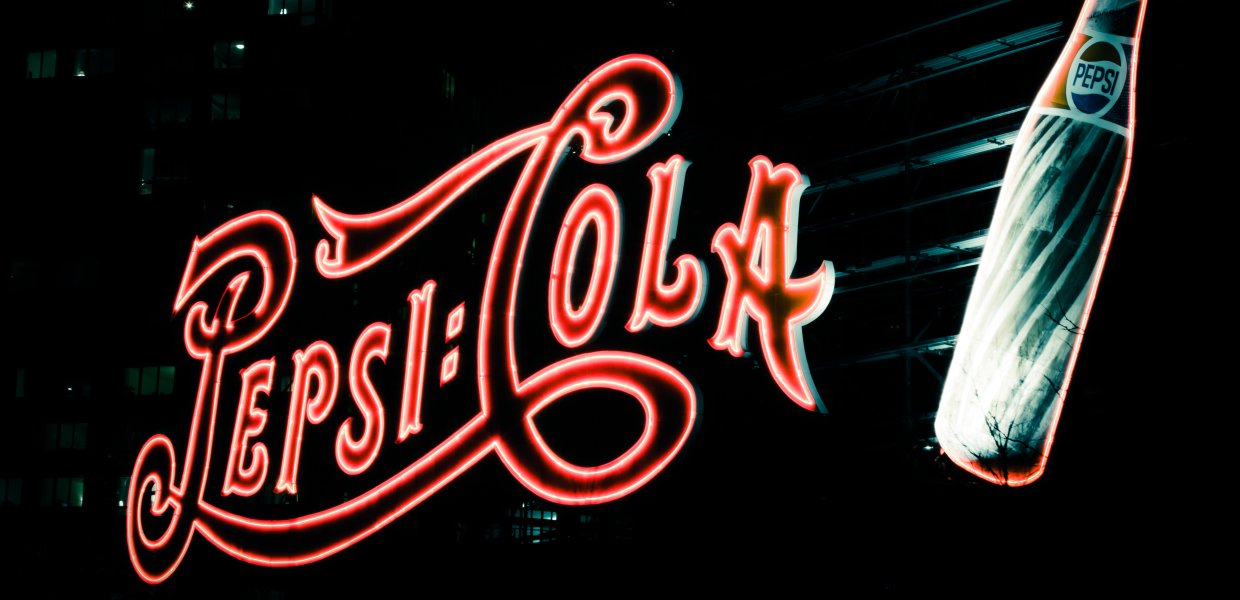Smangry (sad+angry). That was the sentiment of the reaction to the painfully tone-dead Pepsi commercial and social media reaction that followed. But was the ad trying to imitate BLM movement? Could the problem be how the ad team ignored the implications rather than the model?
First, what do we expect from advertisers? As Nathan Friedman pointed out in a New York Times op-ed piece “there’s always a tension between a brand’s salivating at the possibility of buzz and its refusal to risk pushing away any key demographic groups.” We know that the ultimate goal of advertising is to sell a product. Yet we expect brands to be reflections of the best of societal values. Nielsen has reported that consumers were 55% more likely to use a product if they believed the brand was involved in or reflected social justice. This is not to say that social justice is a ploy exclusively used to increase consumption. There are numerous examples of effective use of social justice and companies are taking a more reflective stance in their reach and brand identity. It does mean we cannot be surprised with epic fails. Think of Starbucks race campaign, the DiGiorno Pizza use of the #WhyIStayed, or Nivea’s “White Purity” campaign. The primary goal was not to apprioprate social justice, but probably to connect popular issues to individual products.
Rather than outrage by itself, education and promotion of systematic change within advertising should be pursued. Maybe Pepsi was not trying to imitate recent protest movements. The image that the Pepsi company seems to be connecting with is the “Flower Power” images of protesters putting flowers into gun barrels of national guardsman. Also the generic poster signs in the commercial seem to have more of a connection to images from the Hippie Movement. The contemporizing by having multicultural representation within the ad could be attributed more to demographic identification than appropriation of identity politics.
The social media backlash was both extensive and powerfully satirical. It caused Pepsi to quickly back off from its bland defense and pull the ad. The feedback loop into mainstream media further compounded on it and created the inevitable wildfire. The moral conviction of social media, which has been shown to be physically addictive demonstrates a real problem of the Pepsi ad; a lack of understanding of how it would be interpreted. Part of this could be attributed to the lack of diversity by the advertising group that made the ad. Perhaps it seemed like a clear connection to the spirit of harmony advocated in the 1970s, without looking at the contemporary issues surrounding protest and police brutality. The main star of the ad, model and celebrity Kylie Jenner, not only praised the ads on social media before its release, but during the heat of the controversy released a picture of herself as a child wearing beaded braids, seemingly ignoring the discussion of this as a form of cultural appropriation. An argument could be made that young celebrities are in an echo chamber of praise that limits there ability to measure the risk of actions. But this does not mollify the Twitter landscape. In fact, her reaction, to delete her Instagram and Twitter posts about the ad, are an example of poor crisis management. You can’t put the demon back in the bottle. Only by confronting the issue and making a meaningful display of thoughtfulness and open dialogue can a brand, either product or personal, repair the damage.
At this point in our society the expression that Social Media turbocharges the speed of reactions is essentially a cliché. Yet, both the delay in understanding the reaction space of social media and the lack of speed in trying to get ahead of the problem reveals that this idea might not be fully actualized.
But does the outrage a long-term solution? No. Nor may that be the goal of the protest. But the cyclical nature of these advertising fiascos show that outrage alone cannot completely defeat the problem. By combating the lack of diversity in advertising firms and providing real educational opportunities does the chance for comprehensive positive change occur. The Southern Poverty Law Center has an excellent resource about “Reading Advertisements Through a Social Justice Lense.”While this is meant for classroom instruction I highly recommend readers look at it to help education others and to open a dialogue about the intersection of advertising and social justice in society. Because clearly, some people need to be schooled.
Flickr / Photo by Guian Bolisay.









